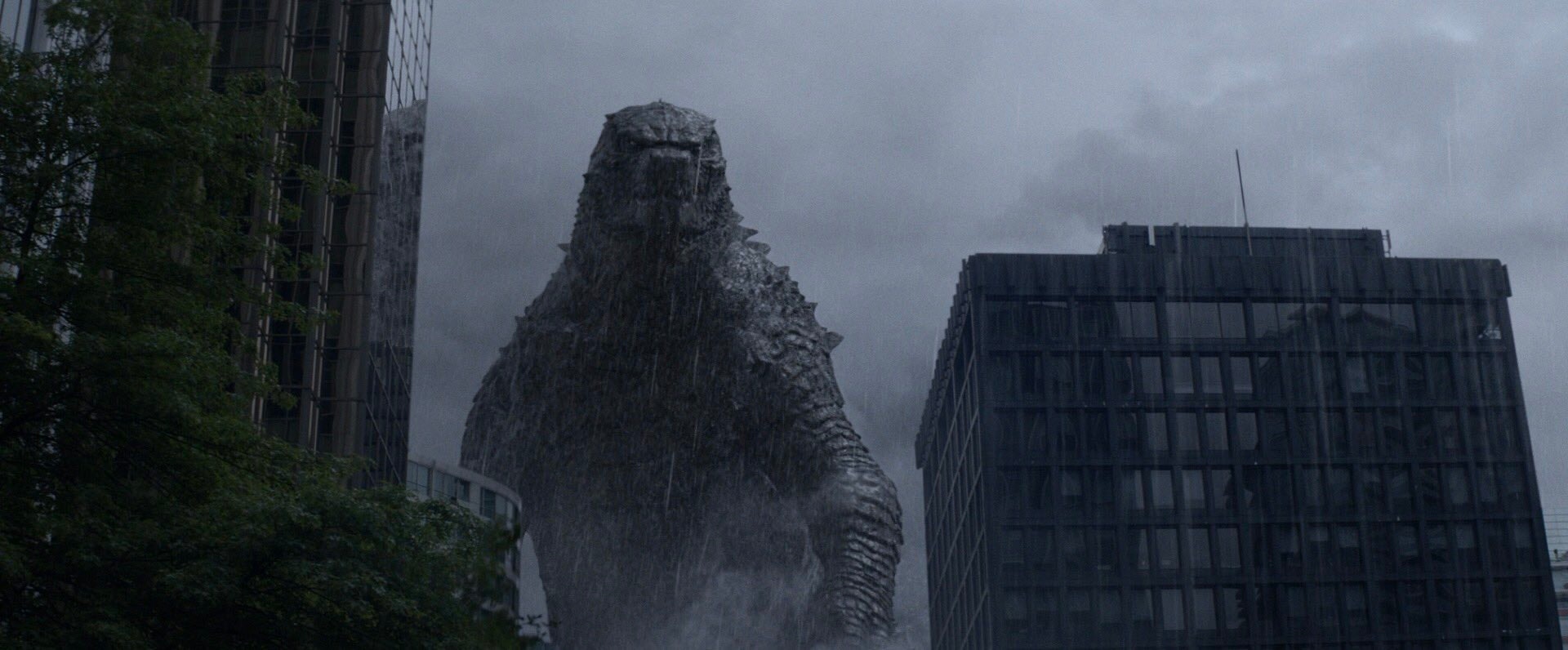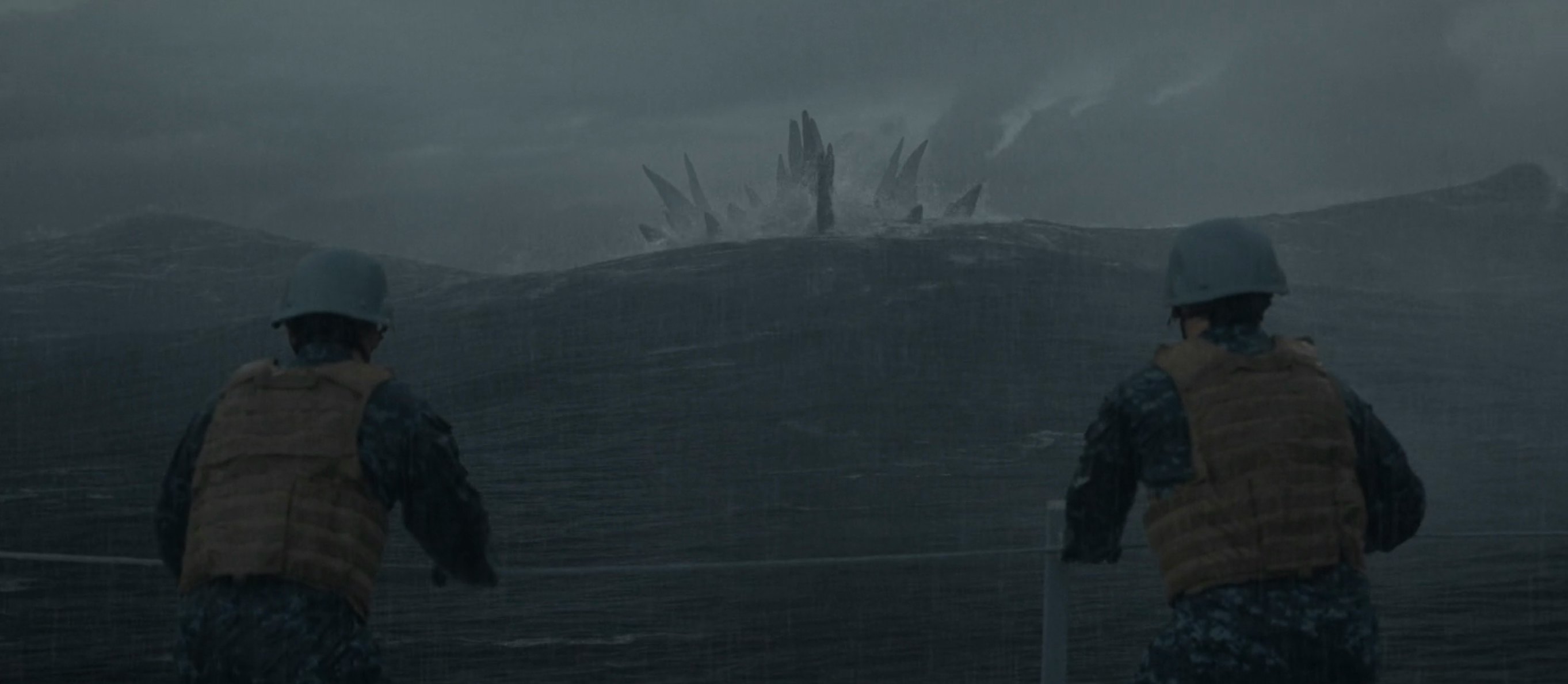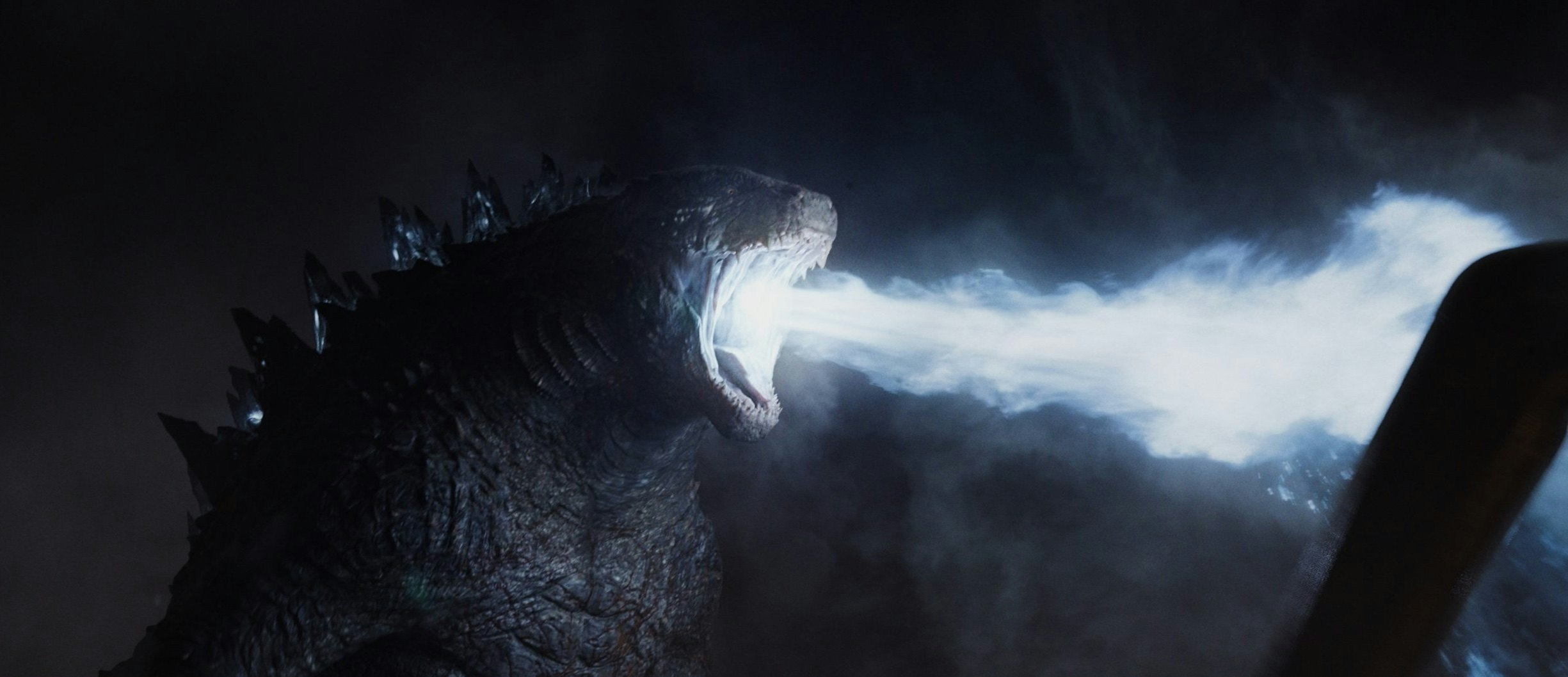
Too many franchise movies look and feel the same these days. So many modern films, whether it be The Flash or most of the Marvel Cinematic Universe's recent movies and TV shows, look like they were stitched together at the last minute and lack any identifiable style. Indeed, Hollywood's disinterest in supporting specific artistic voices at a big-budget level and its increasing reliance on CGI have rendered a large number of its most iconic franchises disappointingly bland. Even worse, these trends have made far too many gobsmackingly expensive modern blockbusters feel completely and utterly weightless.
That term could certainly be applied to this year's Godzilla x Kong: The New Empire, as well as most of the MonsterVerse movies that were released before it. You could not, however, say the same thing about the franchise’s first installment, the 2014 reboot just titled: Godzilla. The film, directed by Rogue One and The Creator filmmaker Gareth Edwards, was mostly panned when it was released on May 16, 2014. Critics especially didn’t like the movie’s one-note human characters and the small amount of screen time it gives to its titular titan. And yet, a decade after the release of this Godzilla holds up better than ever. Today, the film makes you feel the strength and power of its eponymous kaiju at all times. In doing so, it delivers the kind of awe-inspiring, frequently breathtaking blockbuster experience that has become incredibly hard to come by.

Godzilla follows Ford Brody (Aaron Taylor-Johnson), a U.S. Navy Lieutenant who finds himself caught up in an apocalyptic conflict when two Massive Unidentified Terrestrial Organisms ("MUTOS") hatch and force Godzilla himself to reemerge and stop them from completely wiping out humanity. The film spends a considerable portion of its first act following Ford's father, Joe (an overqualified Bryan Cranston), as he becomes obsessed with tracking down the monsters responsible for his wife’s tragic passing. Once Joe has met a sudden end, though, the movie shifts its focus to Ford, whose personal story of generational trauma mostly takes — as is often the case with kaiju films like Godzilla — a backseat to the stadium-sized action of its set pieces.
That's not to say, though, that Godzilla doesn't use its human characters well. On the contrary, the film repeatedly uses Ford, his wife Elle (Elizabeth Olsen), and his fellow soldiers to emphasize the physical scale of its titans. There are, for example, multiple instances when Edwards and cinematographer Seamus McGarvey smoothly pan up from one of the film’s human characters to show one of its monsters emerging above or behind them. This simple visual technique, which is repeatedly employed throughout Godzilla, makes you constantly aware of not only the size of its titans but also how devastatingly powerful they are.
Outside of the film's simpler tricks, Edwards finds endlessly inventive ways to introduce Godzilla onscreen. Around the movie’s midpoint, he sets up the character's arrival on a Hawaiian beach first by showing the sharp points of his back carving through the ocean between Navy boats and then by following the island's inhabitants as they try to outrun the tsunami-like wave caused by his rise from the water. Moments later, Edwards shows red military flares arcing through the air and lighting up Godzilla's side as they fall. In the film's third act, he delivers his most ingenious stylistic flourish when he cuts to the perspective of a soldier parachuting into San Francisco and shows Godzilla and his MUTO combatants growing larger and larger the closer the character gets to them.

These visual decisions accomplish two key things. First, they make you viscerally feel the size and weight of every one of Godzilla's set pieces. Second, they make you feel the powerlessness that the existence of monsters like Godzilla would inspire. That, in particular, is worth celebrating. After all, stories revolving around a character like Godzilla should, in some form or another, interrogate what happens when humanity comes face to face with a level of power that it can't control.
Edwards' Godzilla understands that better than many critics and moviegoers may have realized back in 2014. Very few modern blockbusters feel as terrifyingly big as it, and that reason alone is why the film deserves to be remembered and discussed more fondly than it has been. Today, the Monsterverse that Godzilla created — via big sequels and the more subtle TV series Monarch — is still expanding. But, the humble beginning of this sprawling univesre is certainly worth another look.







